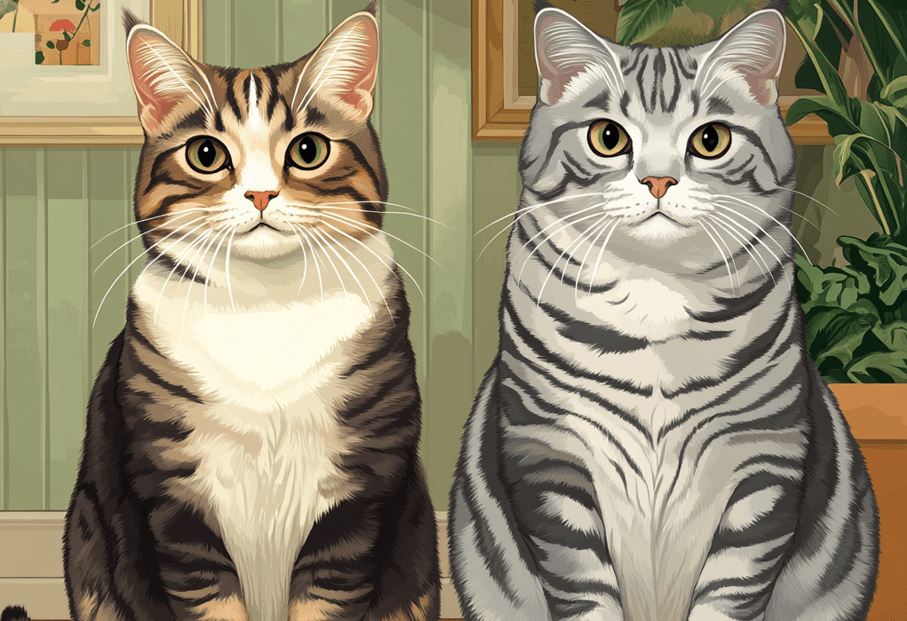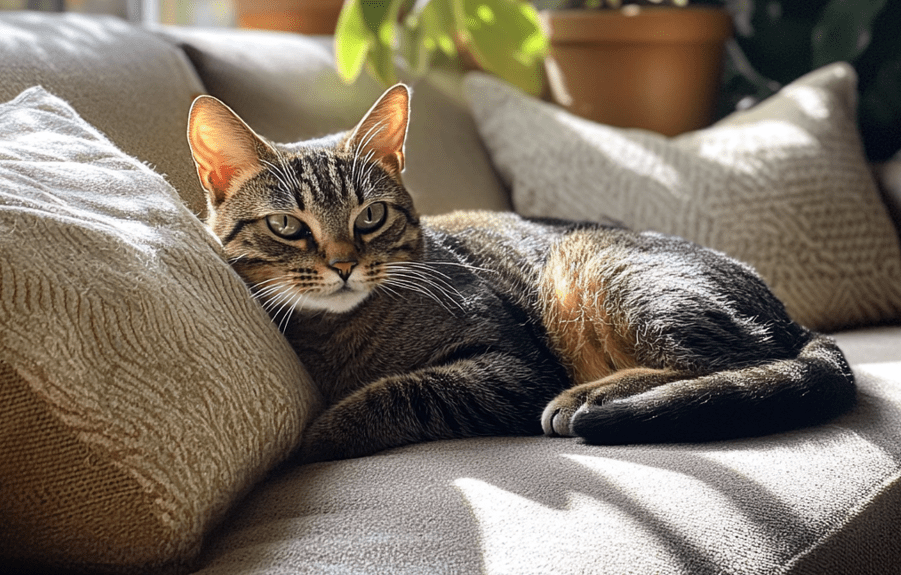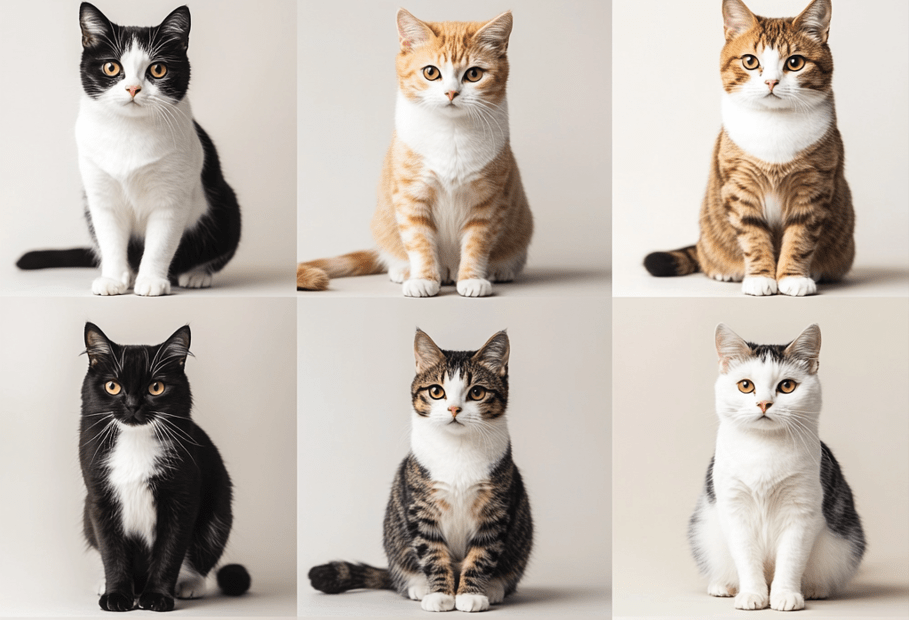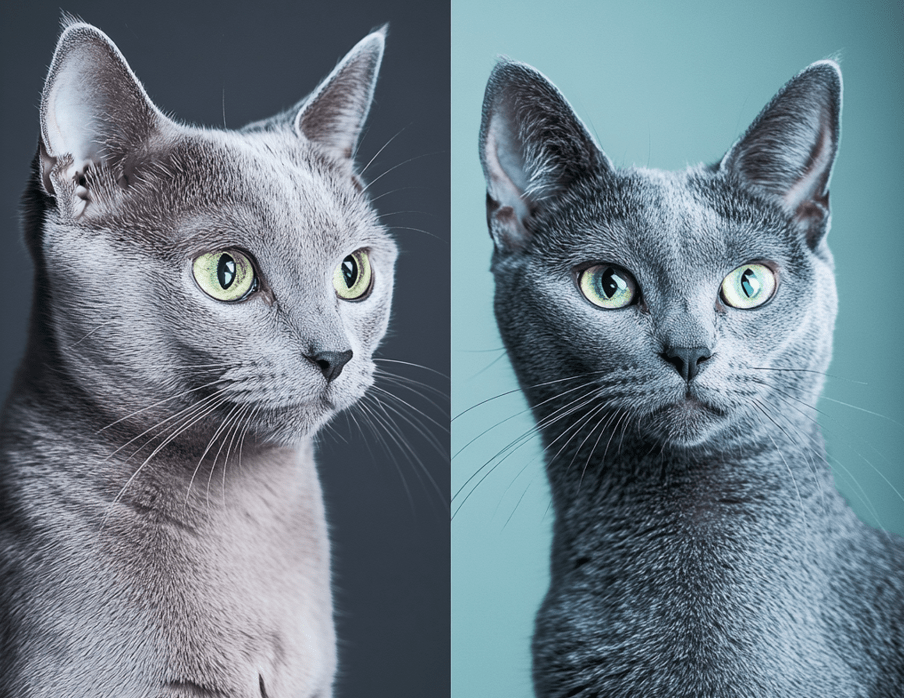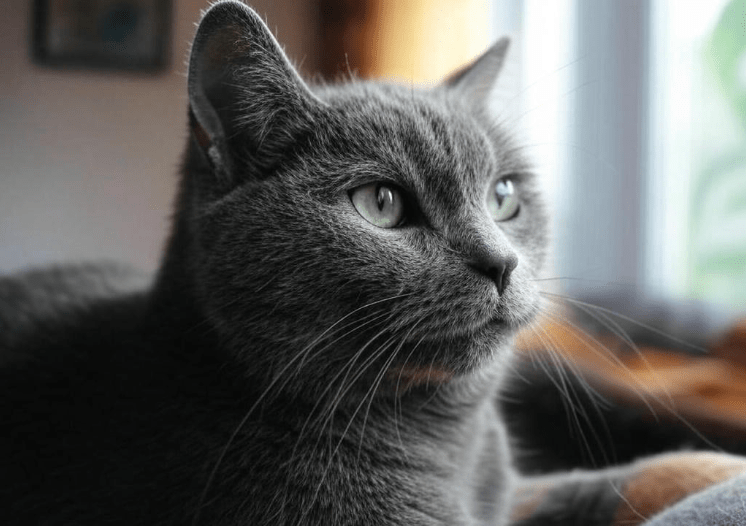
If you’ve noticed your Domestic Shorthair stares at walls, you might be wondering whether this quirky behavior is normal or a cause for concern. Cats, especially Domestic Shorthairs, are known for their enigmatic habits, but prolonged wall-staring can leave pet owners puzzled. Is your feline friend simply daydreaming, or could there be an underlying issue? In this comprehensive guide, we’ll explore the reasons behind this behavior, from natural instincts to potential health concerns, and provide actionable advice to ensure your cat’s well-being.
Understanding Your Domestic Shorthair’s Behavior
Domestic Shorthairs are one of the most common cat breeds, celebrated for their diverse coat patterns and adaptable personalities. These cats are curious, intelligent, and often exhibit behaviors that reflect their instincts as hunters and explorers. Staring at walls might seem odd to us, but for your Domestic Shorthair, it could be a response to stimuli we can’t perceive or a sign of something deeper.
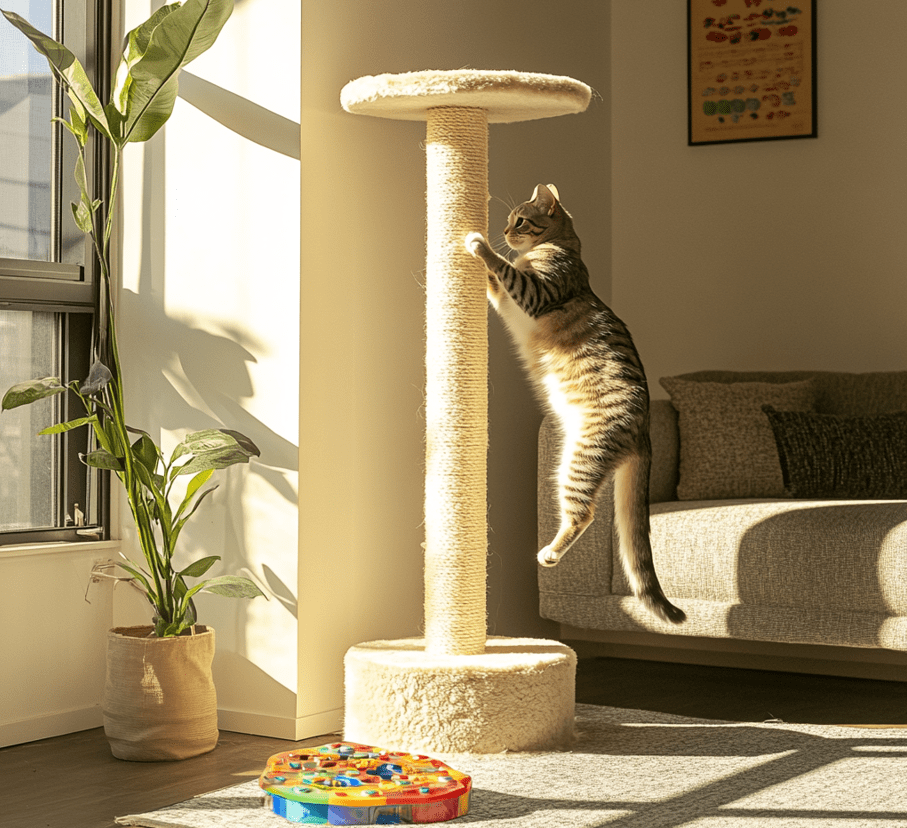
Common Reasons Why Domestic Shorthairs Stare at Walls
Let’s dive into the most likely explanations for why your Domestic Shorthair fixates on walls, ranging from harmless quirks to potential red flags.
1. Sensory Sensitivity: Hearing or Seeing Things You Can’t
Cats have highly developed senses, far superior to humans. Your Domestic Shorthair might be staring at a wall because they’re detecting sounds or movements invisible to you. For example:
Insects or Rodents in the Walls: Even the faintest scuttle of a bug or mouse behind drywall can capture your cat’s attention. Domestic Shorthairs, with their keen hearing, can pick up high-frequency sounds up to 65 kHz, compared to a human’s 20 kHz.
Light Reflections or Shadows: A flicker of light from a window or a moving shadow might intrigue your cat, prompting them to stare intently.
Vibrations: Household appliances, plumbing, or even distant traffic can create subtle vibrations that your cat notices.
If your Domestic Shorthair stares at walls sporadically and seems alert rather than distressed, they’re likely responding to these stimuli.
2. Boredom or Lack of Stimulation
Domestic Shorthairs are active and intelligent, requiring mental and physical stimulation. If your cat isn’t getting enough playtime or environmental enrichment, they might resort to staring at walls out of boredom. Signs of boredom include:
1.Excessive sleeping or lethargy
2.Overgrooming or destructive behavior
3.Fixating on random objects, like walls
To combat boredom, provide interactive toys, puzzle feeders, or a perch near a window for bird-watching. Regular play sessions mimicking hunting behaviors can keep your Domestic Shorthair engaged.
3. Instinctual Hunting Behavior
Even indoor Domestic Shorthairs retain strong hunting instincts. Staring at walls could be an extension of their predatory focus, especially if they’ve spotted a speck of dust, a tiny crack, or a fleeting shadow. This behavior is usually harmless and reflects their natural drive to stalk and pounce.
4. Stress or Anxiety
Cats are sensitive to changes in their environment, and stress can manifest in unusual behaviors like wall-staring. Common stressors for Domestic Shorthairs include:
1.New pets or people in the household
2.Rearranged furniture or a move to a new home
3.Loud noises or unfamiliar smells
If your cat’s wall-staring is accompanied by hiding, reduced appetite, or aggression, anxiety might be the culprit. Creating a calm environment with safe spaces, like a cozy cat bed or a quiet corner, can help.
5. Medical Issues: When to Be Concerned
While occasional wall-staring is typically benign, persistent or intense fixation could signal health problems. Domestic Shorthairs are generally hardy, but certain conditions might cause this behavior:
Vision Problems: Cats with vision issues, such as cataracts or retinal disease, might stare blankly at walls due to impaired sight. Look for signs like bumping into objects or dilated pupils.
Neurological Disorders: Seizures, brain tumors, or cognitive dysfunction (similar to dementia in older cats) can cause disorientation and staring. Cognitive dysfunction is more common in senior Domestic Shorthairs over 10 years old.
Pain or Discomfort: Cats in pain may exhibit odd behaviors, including staring, as a way to cope. Dental issues, arthritis, or urinary tract problems are common in Domestic Shorthairs.
Hyperesthesia: This condition, sometimes seen in Domestic Shorthairs, causes heightened sensitivity to touch and can lead to staring episodes, twitching, or sudden bursts of activity.
If your cat’s wall-staring is frequent, prolonged, or paired with symptoms like lethargy, vomiting, or changes in behavior, consult a veterinarian immediately.
How to Tell If Your Domestic Shorthair’s Wall-Staring Is Normal
To determine whether your cat’s behavior is a quirky habit or a red flag, observe the context and frequency:
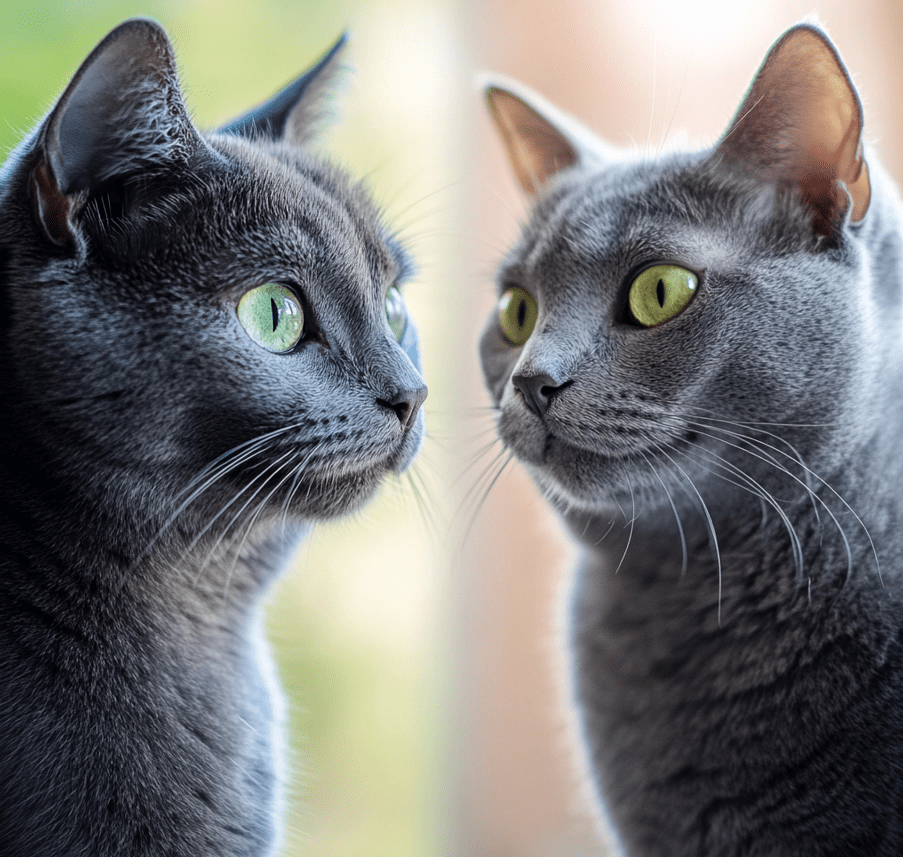
Normal Behavior:
1.Staring is brief and intermittent.
2.Your cat remains responsive, playful, and eats normally.
3.The behavior occurs in specific situations, like when lights flicker or noises are present.
Concerning Behavior:
1.Staring is obsessive, lasting minutes or hours.
2.Your cat seems disoriented, unresponsive, or distressed.
3.Other symptoms, like weight loss, aggression, or litter box issues, are present.
Keeping a journal of when and how often your Domestic Shorthair stares at walls can help you identify patterns and discuss them with your vet.
What to Do If Your Domestic Shorthair Stares at Walls
If you’re concerned about your cat’s behavior, here are practical steps to address it:
1. Rule Out Environmental Triggers
Inspect your home for potential stimuli. Check walls for cracks, listen for unusual sounds, and ensure there are no pests. If your Domestic Shorthair stares at the same spot consistently, investigate that area for hidden issues like mold or electrical buzzing, which cats can detect.
2. Enhance Enrichment
Boost your cat’s mental and physical activity to reduce boredom and stress:
Interactive Toys: Feather wands, laser pointers, or motorized toys can satisfy their hunting instincts.
Puzzle Feeders: These encourage problem-solving and slow eating, keeping your Domestic Shorthair engaged.
Vertical Spaces: Cat trees or shelves allow exploration and provide a sense of security.
Playtime: Dedicate 15–20 minutes daily to interactive play, mimicking prey movements.
3. Create a Stress-Free Environment
Minimize anxiety by maintaining a consistent routine and providing safe spaces. Consider pheromone diffusers, like Feliway, to promote calmness. If your Domestic Shorthair is stressed by household changes, introduce new elements gradually.
4. Monitor for Health Issues
Schedule a vet visit if you suspect a medical problem. Be prepared to share details about your cat’s behavior, diet, and environment. Your vet may recommend:
1.Blood tests to check for organ function or infections
2.Eye exams to assess vision
3.Neurological evaluations for older cats
4.Imaging, like X-rays or MRIs, for suspected brain issues
Early intervention can make a significant difference, especially for treatable conditions like infections or dental pain.
5. Consult a Feline Behaviorist
If environmental and medical causes are ruled out, a certified feline behaviorist can assess your Domestic Shorthair’s habits. They can identify subtle triggers and recommend tailored strategies to redirect your cat’s focus.
Preventing Wall-Staring in Domestic Shorthairs
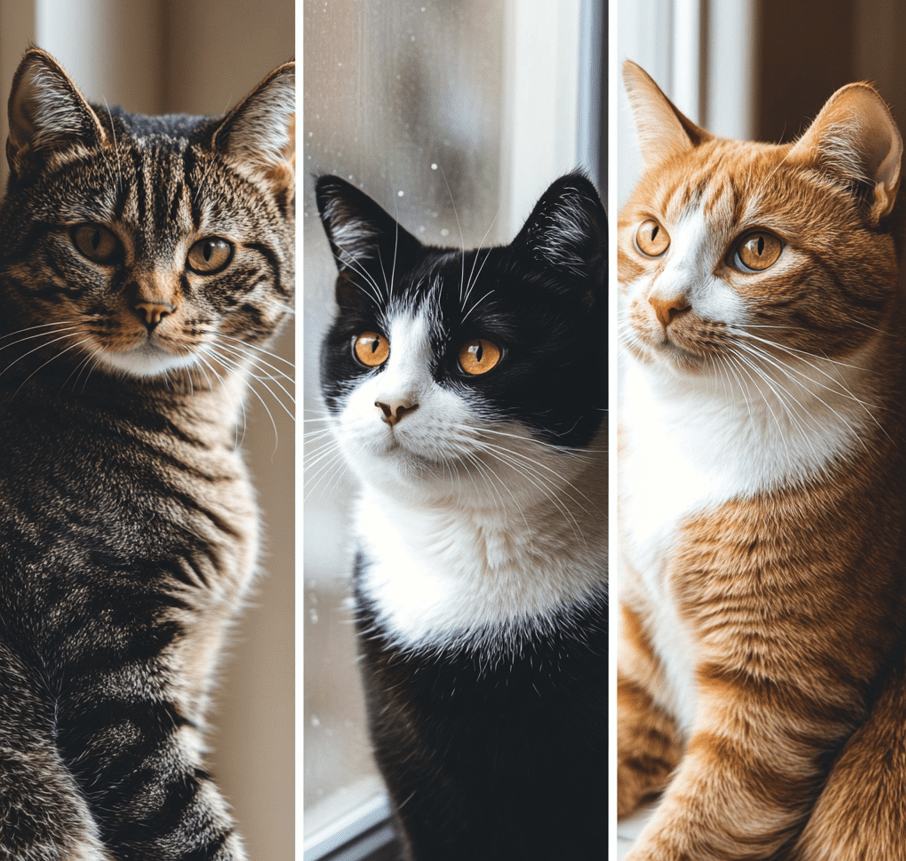
Proactive care can minimize the likelihood of problematic wall-staring:
Regular Vet Checkups: Annual exams catch health issues early, especially in senior cats.
Balanced Diet: Feed high-quality, nutritionally complete food to support brain and body health. Omega-3 fatty acids, found in some cat foods, may benefit cognitive function.
Mental Stimulation: Rotate toys and introduce new activities to keep your cat engaged.
Safe Environment: Eliminate stressors and ensure your home is cat-friendly, with plenty of hiding spots and perches.
When to Seek Immediate Veterinary Attention
Certain symptoms accompanying wall-staring warrant urgent care:
1.Seizures or tremors
2.Loss of balance or coordination
3.Sudden blindness or pupil abnormalities
4.Persistent vomiting or diarrhea
5.Extreme lethargy or unresponsiveness
These could indicate serious conditions like neurological disorders or toxicity, requiring immediate intervention.
Myths About Domestic Shorthairs Staring at Walls
Let’s debunk some common misconceptions:
Myth: Cats stare at walls because they see ghosts.
Fact: There’s no scientific evidence supporting this. Cats are likely responding to sensory stimuli or internal factors.
Myth: Only old cats stare at walls.
Fact: Cats of all ages can exhibit this behavior, though senior cats may do so due to cognitive decline.
Myth: Wall-staring always means a health problem.
Fact: While it can signal issues, it’s often a normal response to environmental cues.
Domestic Shorthair Wall-Staring: A Case Study
Consider Bella, a 7-year-old Domestic Shorthair who began staring at her living room wall daily. Her owner, Sarah, noticed Bella seemed otherwise healthy but was concerned. After observing Bella’s behavior, Sarah realized the staring coincided with sunlight reflecting off a mirror. By adjusting the mirror’s position, the staring stopped. However, when Bella later began staring at random walls and seemed disoriented, a vet visit revealed early cognitive dysfunction. With environmental enrichment and a vet-prescribed diet, Bella’s symptoms improved.
This case highlights the importance of observing patterns and seeking professional advice when needed.
Conclusion: Is Your Domestic Shorthair’s Wall-Staring Normal?

In most cases, when a Domestic Shorthair stares at walls, it’s a harmless quirk driven by their sharp senses or instincts. However, persistent or unusual staring could indicate boredom, stress, or health issues. By understanding your cat’s behavior, providing enrichment, and monitoring for concerning symptoms, you can ensure their happiness and health. If in doubt, consult your veterinarian to rule out medical causes and keep your Domestic Shorthair thriving.
For more tips on caring for your Domestic Shorthair, explore our resources on feline behavior and health. Have you noticed your cat staring at walls? Share your experiences in the comments—we’d love to hear from you!

